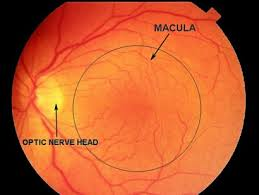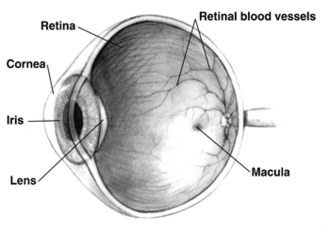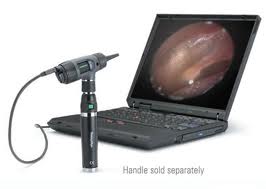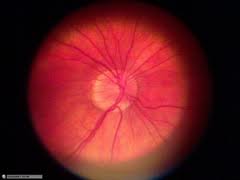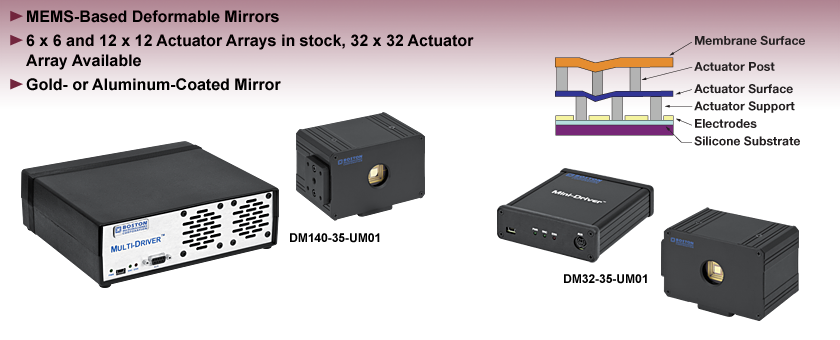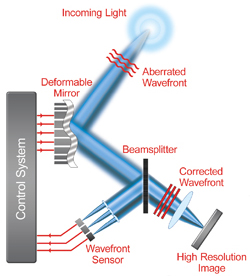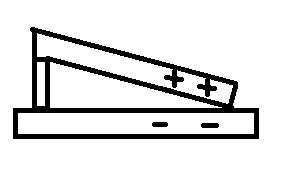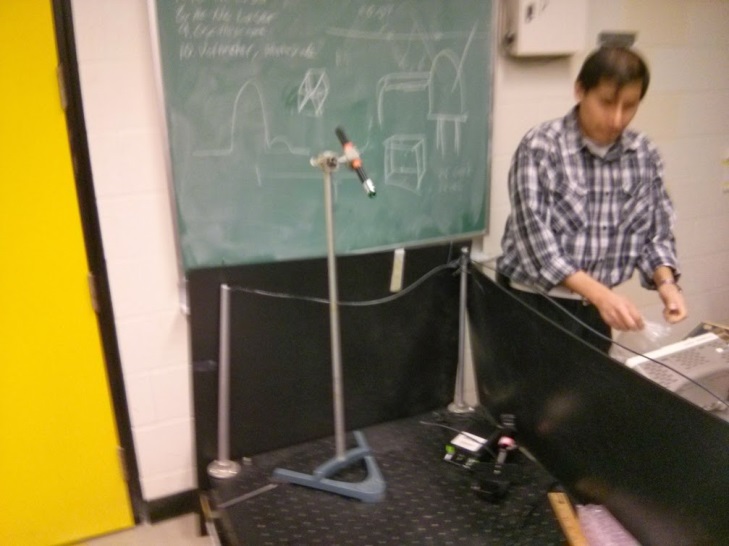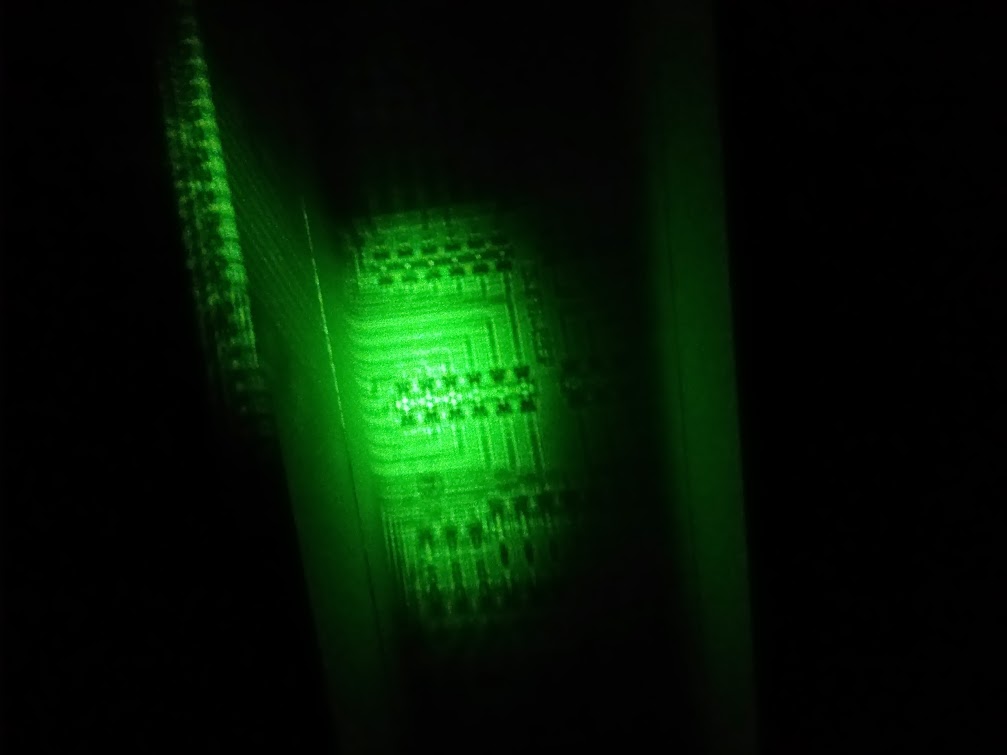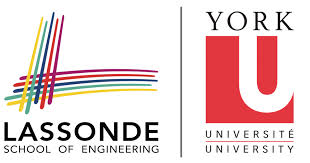This is an old revision of the document!
Table of Contents
GROUP 11
Hand held Retinal Imaging Platform.
- Students: David Yachnis
- Project Adviser: Professor Ebrahim Ghafar-Zadeh
- Mentor(s): Mourad Amara
- Course Director: Professor Ebrahim Ghafar-Zadeh
- Unordered List Item
Group Members
Description of Project
Clinics need to take continuous retinal images .To track the development of the disease such as AMD . Age-related macular degeneration (AMD) is a medical condition which usually affects older adults and results in a loss of vision in the center of the visual field (the macula) because of damage to the retina.
- Healthy macula
- AMD in advanced stage
- Human eye cross-sectional view
The project is to design Hand held Retinal Imaging Platform which will be used at home by the patient. The expected dimensions of the device should be similar to DSLR camera. The patient with the assistance of other person will be able to make image of his retina and by using special software which will detect drusen areas, detect their presence and measure their spatial extent. This information in turn will be used by doctors to track the progress.
( Setup/Schematics/Results)
- Step 1
The original design was to use digital Ophthalmoscope to acquire the image and analyses the images with Matlab .
- Step 2
The quality of the images don’t meet the expectations .
- Step 3
To acquire more focused images we turned our attention to the adaptive optics. Adaptive optics is a technique used in astronomy to make images of distant planets.

- Step 4
Adaptive optics The main component of adaptive optics it is deformable mirror image below. Deformable mirror use an mirrors to correct the wave front .The image below is deformable mirror made by Boston micromachines. More information can be acquired at the following link. http://www.bostonmicromachines.com
- Step 5
Boston micro machines deformable mirror is not efficient because it use actuators .
We decided to fabricate our own delectable mirror.
Course Director Professor Ebrahim Ghafar-Zadeh currently working on the cantilever array. He developed cantilevers array using PolyMUMP technology .
We believe that PolyMUMP technology is suitable for deflectable mirror fabrication. Use of this technology will reduce the cost substantially.

Cantilever array is fingers which deflect as result of charged plates attract each other. Base on the specifications each cantilever can deflect 2 micrometer which exceed the desired 350(nm) 1/2 of visible light wavelength.
- Experiment 2
* Experiment 3
After understanding the scale of the cantilever array . I torened my attention to commercially available devices to measure the displacement in Nano meters . Micro epsilon offered me to test their confocal measurement system.
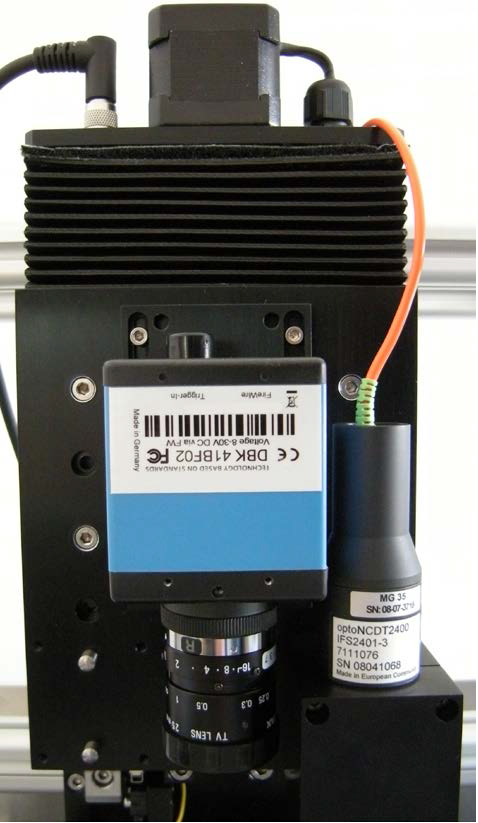
On this image we can see digital microscope attached to the confocal measurement sensor . The sensor is moving with the step of 0.1 micron because it is attached to actuator.
This setup allow to get high resolution profiling in Nano meters. This technique is used in industry today.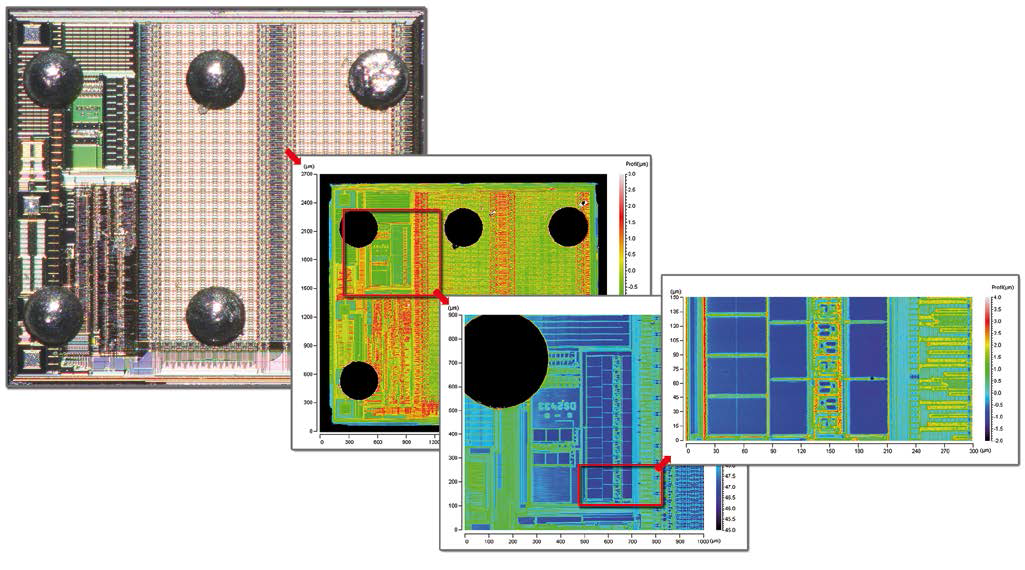
I used confocal measurement sensor in the following setup.
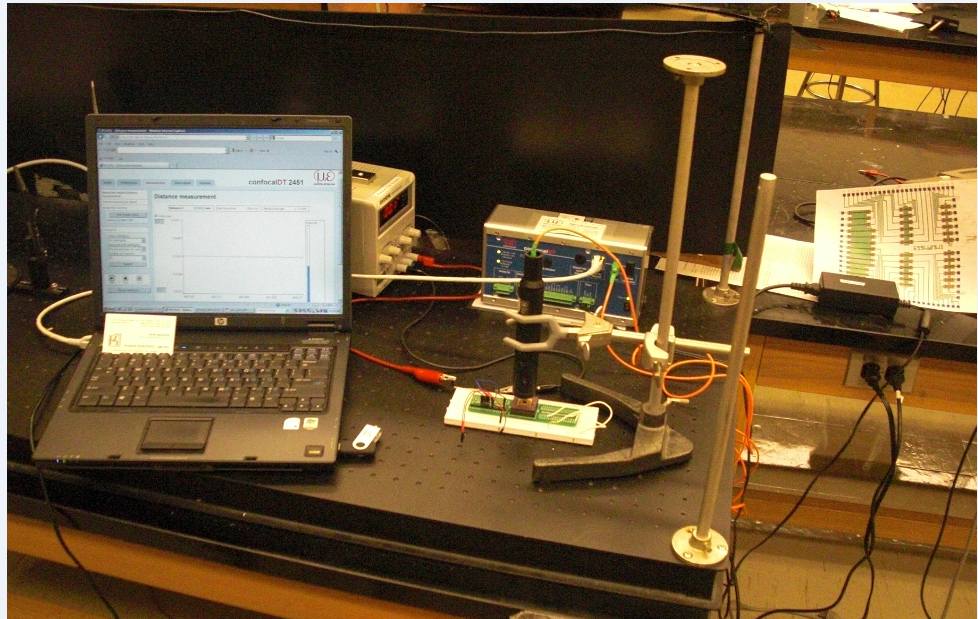
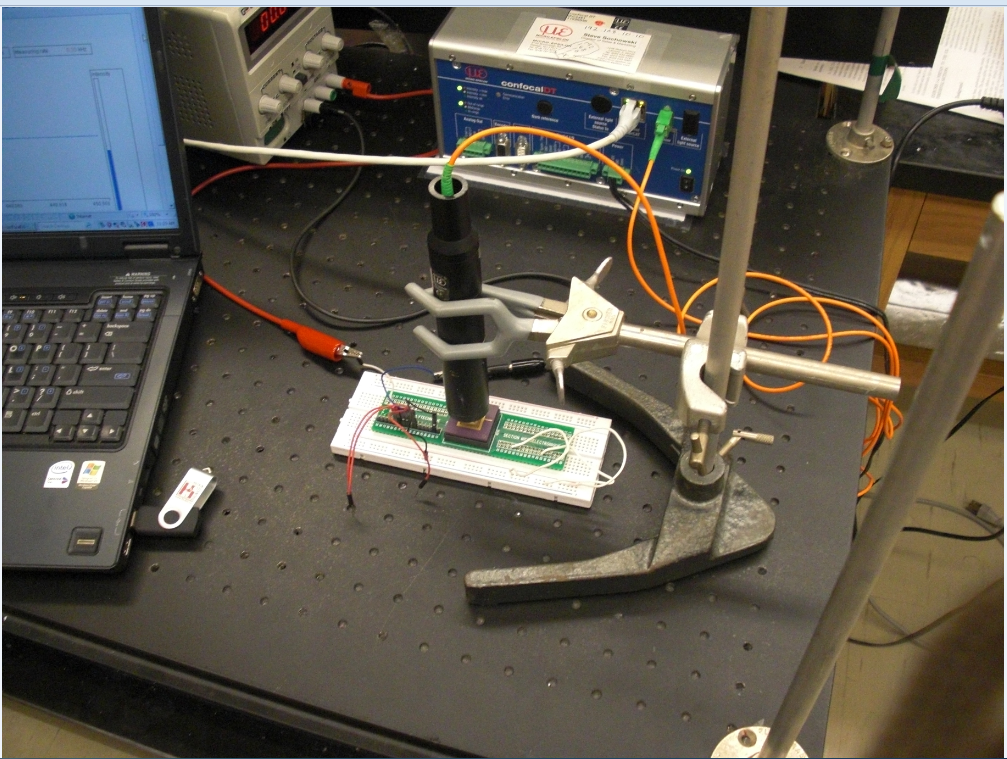
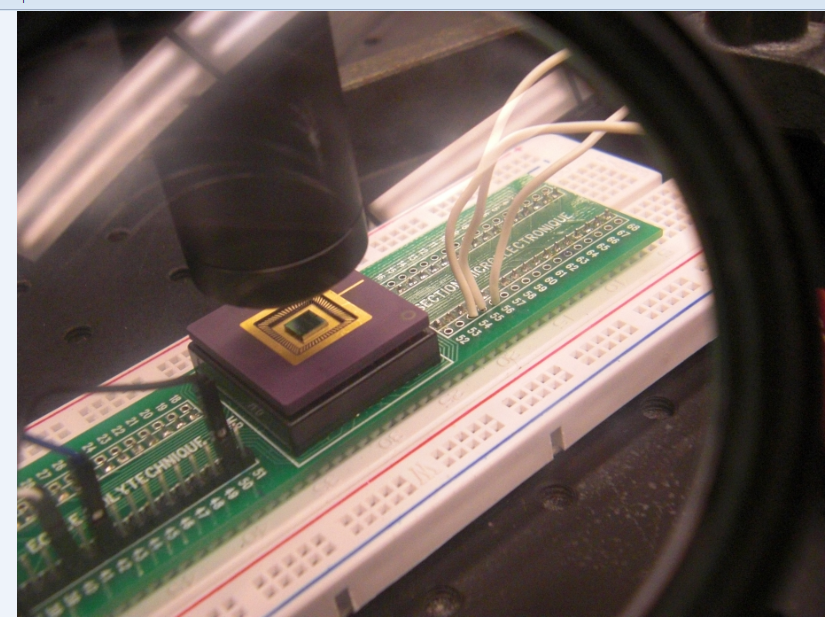
From this setup I got CSV file of row data. On this image we see the time step and distance in manometers between the sensor and cantilever.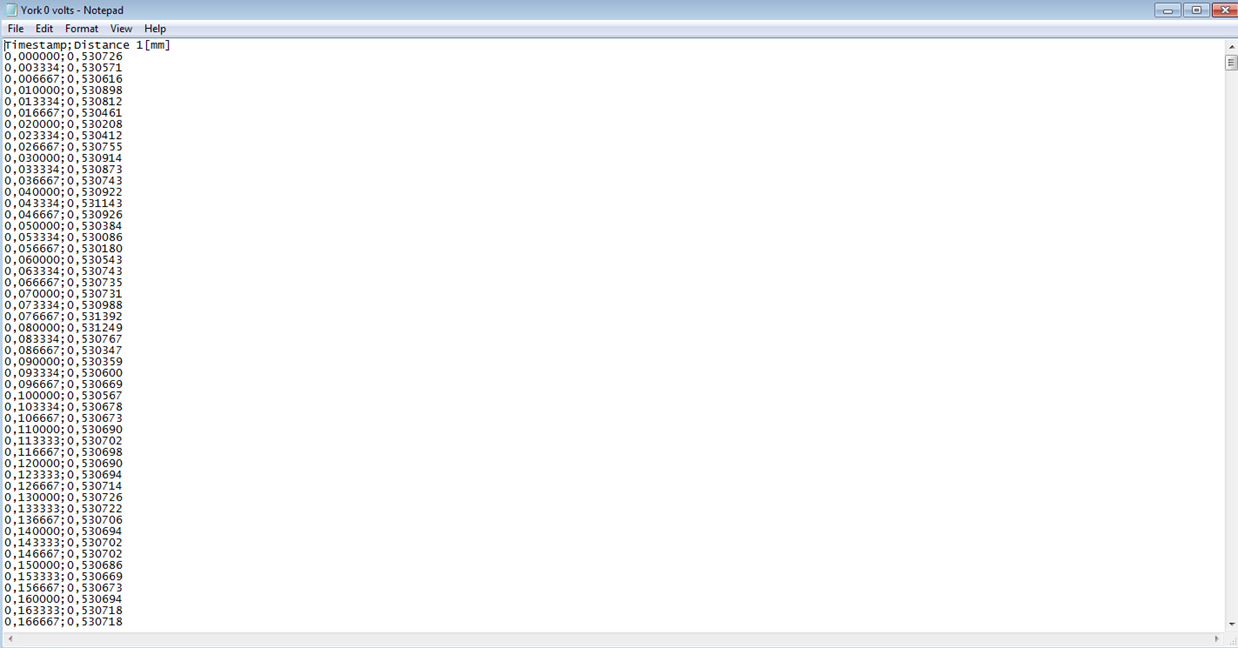 After analyzing the data with Matlab. I got the flowing graphs.
After analyzing the data with Matlab. I got the flowing graphs. From this graphs I came up with the flowing table which partially characterize the behavior of the cantilever.
From this graphs I came up with the flowing table which partially characterize the behavior of the cantilever.


